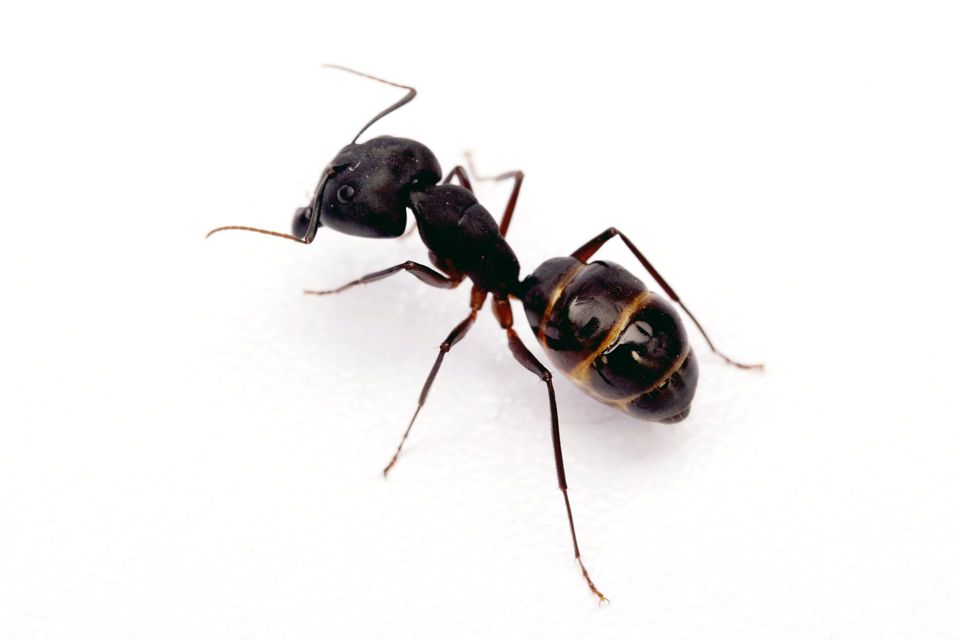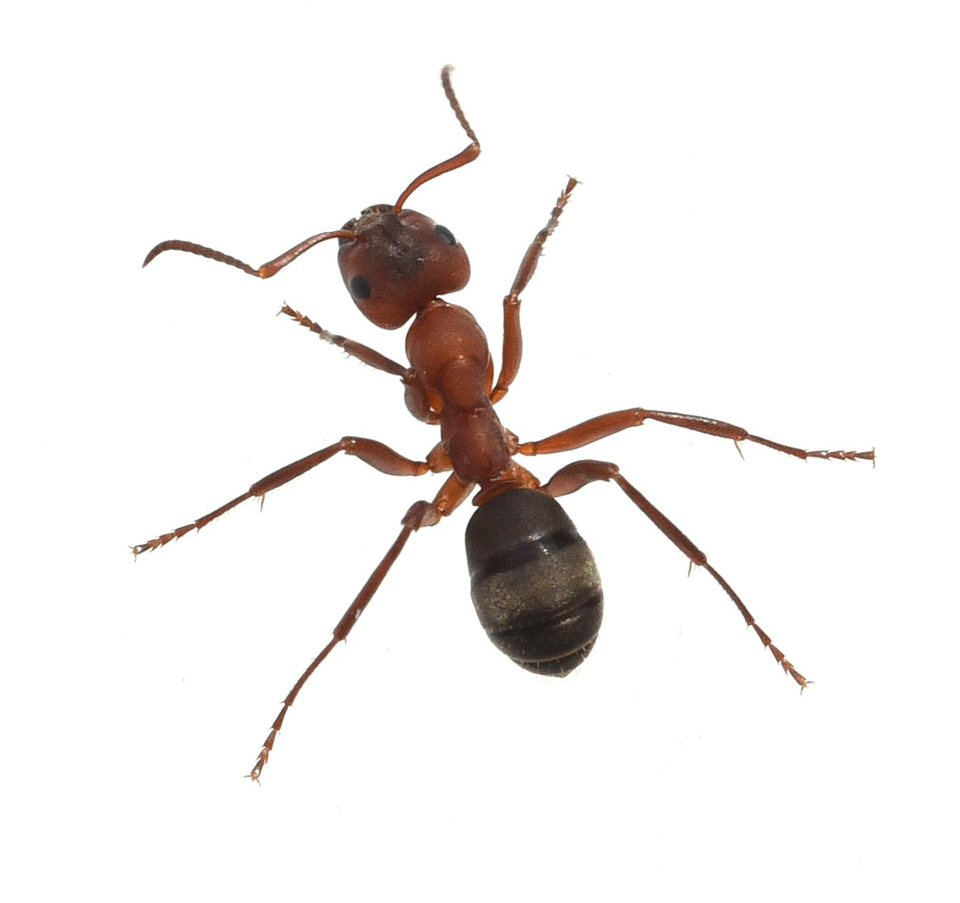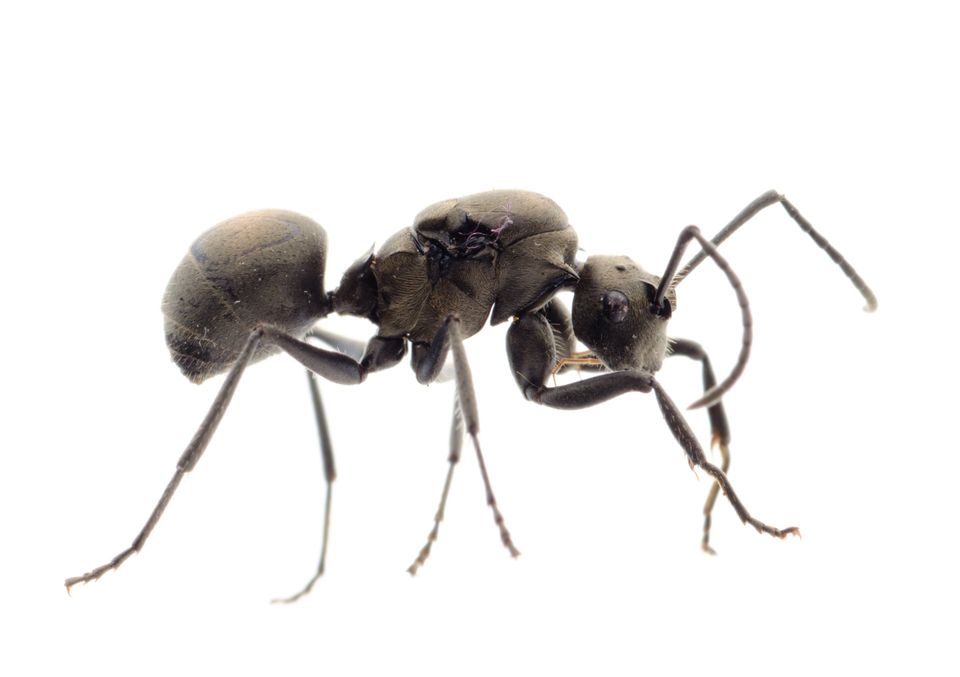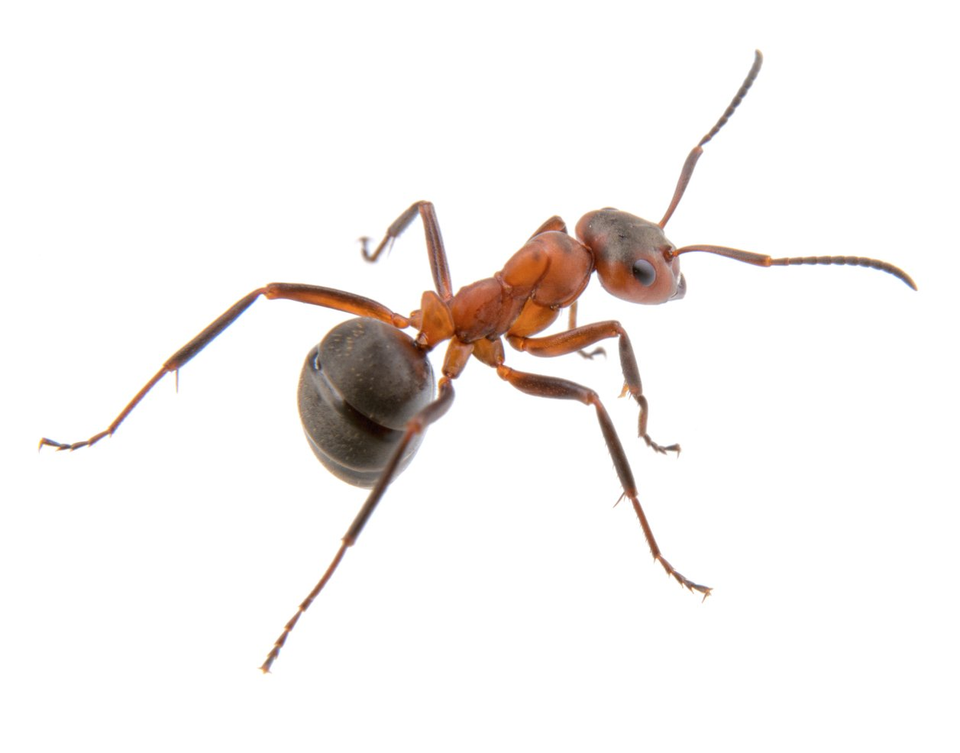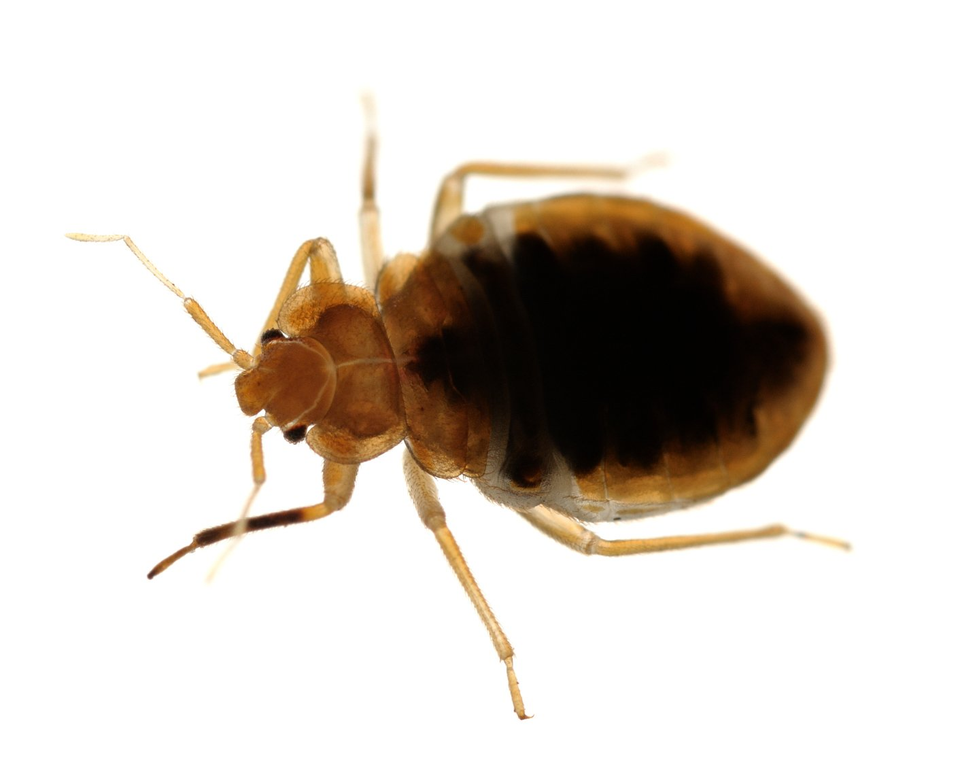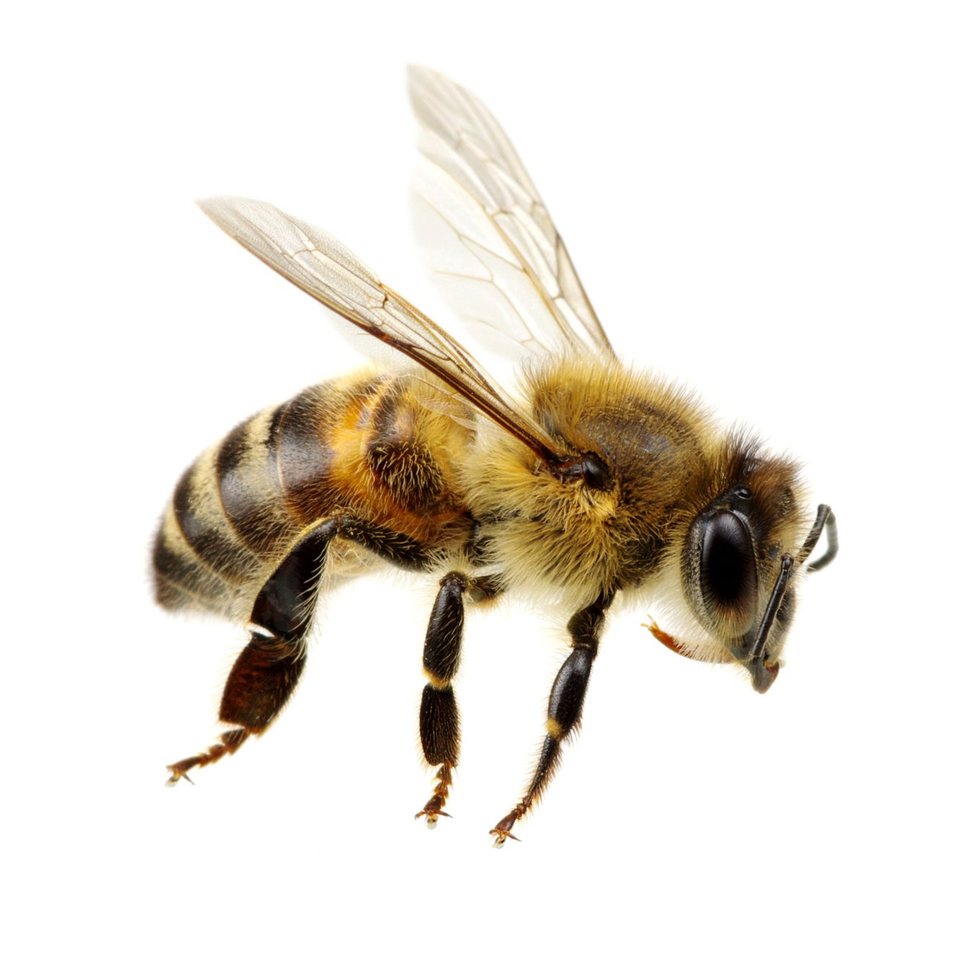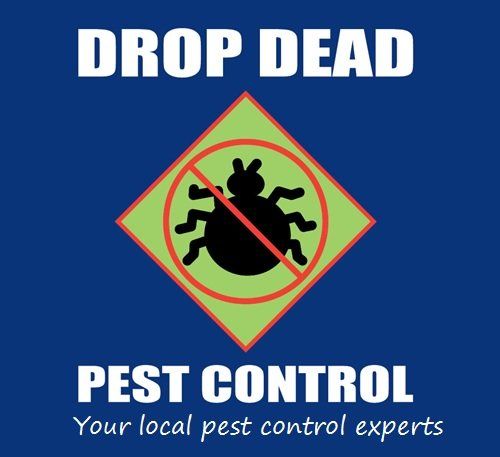PROTECT YOUR HOME OR BUSINESS FROM CRAWLING AND FLYING INSECTS
FLEAS
Fleas are highly specialised bloodsucking parasites belonging to the order of insects called Siphonaptera (meaning “wingless siphon”)
Did you know they have the reputation for claiming more victims than all the wars ever fought? For example; the “bubonic” (Black Death) plague spread throughout the world in the 14th century causing the deaths of over 200 million people. Quite a different story to the annoying itches we blame them for today.
Fleas are light brown to a deep brown colour and are roughly oval shaped. Their flattened shape means they can quickly move through the host’s hair/fur. A 2-8 mm in length, adults are entirely covered with a series of bristles and combs that assists them in clinging to the host and the head is equipped with sawing and sucking mouth-parts. Their eyes are small and simple.
So without very good eyes, how do they find their hosts? They possess two short antennae on their head that are sensitive to heat, vibration, traces of carbon dioxide and even minute changes in air currents as their ‘prey’ moves past. Once they have detected their next host, it is their incredibly well developed hind legs that allow them to jump many times their length to make a safe landing on their next walking meal – often your beloved pet!
Both female and males fleas rely on blood for their nutrition, but can survive for several months without it, so follow-up treatment is recommended when getting rid of these pests. A small amount of anti-coagulatant is injected with the saliva, to permit easy siphoning of the blood. Each female flea uses her meal of blood to nourish developing eggs, depositing up to 4 eggs after EVERY meal… laying at least 100 eggs in their lifetime, so you can see why they grow in number so fast!
The eggs are oval, white to cream in colour and measure 0.5mm in length amd they usually hatch within 1 week. Often the emergence of adults from the pupal stage is triggered by vibrations, which occasionally happens on entering an unoccupied home of previous pet owners.
TERMITES
SIRO research indicates that 1 in 3 homes will experience termite damage at some stage in their lifetime. Termites can cause great damage to homes and if left untreated can cost homeowners thousands of dollars in building repair work. Many insects are often misidentified as termites, especially ants. Termites are sometimes referred to as “white ants” because they are pale in appearance. There are a number of different species of termites found in Sydney. Some species are more aggressive in the damage they cause than others but they are all subterranean and require moisture, timber, soil and humidity to survive.
THE MOST COMMON SPECIES WE ENCOUNTER UN SYDNEY ARE:
- Coptotermes
- Schederhinotermes
- Nasuititermes
- Hetrotermes
Termites live in large colonies and generally make their nests on the ground, inside trees and stumps or in aboreal nests on branches of trees. They travel underground and create mud tunnels to protect them from drying out in the atmosphere. The colony consists of many thousands of termites and it is made up of soldiers, workers, a queen, king and winged reporductives who all play an important role in keeping their colony going strong. Unfortunately for us, our homes provide shelter for termites as well as a source for food (timber) and moisture (leaking showers, dripping taps etc) and termites are often found making their nests in the subfloors, wall cavities and roof voids of our homes. We recommend that homeowners have a thorough Termite Inspection annually to ensure termites have not gained entry to the home since the last termite inspection was carried out. Early detection is important before too much damage is caused.
HOME OWNERS CAN DISCOURAGE TERMITES BY REMEMBERING THESE FACTS
- Termites are attracted to timber, so remove and dispose of any loose timber laying around your property and especially underneath your home. Potential feeding sites are stored timber and old form work timber left in place under homes, tree stumps, sleepers and logs. Stack wood for open fires off the ground and away from the home.
- Timber can be treated to prevent termite attack and some timbers are naturally resistant to termites. Use treated or naturally resistant timber in construction and metal stirrups when timber is in close contact to the ground.
- Termites are attracted to moisture, so repair leaking water pipes, taps, guttering, downpipes, drains and showers. Ensure that hot water and air-conditioning overflow outlets are connected to drains or downpipes.
- Termites prefer humid conditions where the air is still, so ensure good cross ventilation of subfloor areas to keep the air moving and improve drainage if the subfloor is damp.
- Termites can gain entry to homes through cracks in concrete slabs and through weep holes in external walls that are covered by garden beds against the home. Ensure garden beds are kept away from the concrete slab edge and weep holes in external walls are exposed.
- Stored items against external walls of homes can conceal termite entry. Move items away from the external walls of the home.
BLACK ANT
Black Ants are very small at about 2-3mm and they are (you guessed it) black.While the males have wings, the females only have wings until after mating, when they become the reproductive queen ant. Worker ants are sterile and their role is to maintain the nest, gather food and feed the larvae. Soldiers are a also from the worker caste, becoming specialists at defending the nest.
Black Ants can be a pest around homes, especially when they get into the kitchen. They make long trails from the nest to food sources and can come into your home through the tiniest of ingress points under doors, cracks around windows and even tiny holes in the mortar between bricks! When they are nesting in the house they can sometimes be detected by the mess of black droppings on floors or window sills. Black Ants have ‘sweet tooths’ and are attracted to sugary foods but also eat seeds and plants.The queen Black Ant lays small oval eggs. The larvae are fed by the adults when they hatch, and after several moults the larvae pupate.
BULL ANT
The Bull Ant worker has dark reddish brown head, thorax and first part of abdomen and are quite large at 15mm – 23mm. The bulbous part of the abdomen (gaster) is black with a metallic green or blue sheen. With short yellow hairs on the head and thorax and longer hairs on the abdomen, the head sports large mandibles which are only slightly shorter than the head. The queen is similar to the worker, but larger. Males are similar to workers but have a black head and first part of their thorax. The Bull Ant is a carnivore and scavenger. They feed on invertebrates or other small animals that they sting with venom
DID YOU KNOW THEY ARE ONE OF THE MOST VENEMOUS ANTS IN THE WORLD?
Like most ants, Bull Ants live in colonies, with nests often under rocks or in the ground.The main reason they are quite serious pests is that they have a powerful sting which causes local swelling, reddening and fever, with formation of a blister at the bite site. They can even cause elevated heart rate and lowering of blood pressure. Although only in a small percentage of cases, the sting can cause anaphylactic shock.
CARPENTER ANT
Carpenter ants are one of nature’s most aggressive wood destroyers BUT if you’ve heard the stories that they eat wood, then it’s time to break that myth.
While they DO damage wood, carpenter ants do not eat wood for food. The problem is that they build elaborate nests which include aphid ‘farms’ where they carefully shepherd and raise aphids to produce honey dew and it is the creation of these nests that causes the damage to your property!
While carpenter ants don’t damage wood as heavily as subterranean termites, a large enough nest can, over time, cause devastating structural damage to your property. Carpenter ants have a habit of cleaning and polishing the galleries in the wood, with their “galleries” being smooth in appearance and this is where they differ from the rough jagged appearance of the damage caused by subterranean termite galleries.
BEES
Honey Bees are between 13-15mm and are an introduced species of insect. While their are many native bees, the primary ones we are called out to remove are honey bees.They are dark brown with yellow bands on the abdomen, with hairy legs and even their eyes have hairs on them. These social insects live in large colonies.
Honey Bees defend their nest aggressively, with the bee dying after stinging, as the sting is left in the victim, tearing out part of the bee’s abdomen; leaving the sting’s venom gland to sit there pumping poison into its victim. Honey Bee stings cause intense local pain and swelling, and some people have severe allergic reaction.
WASPS
Wasps, bees and ants belong to a group of insects called the Order Hymenoptera, which is one of the largest groups of insects, with over 44 000 species in Australia alone, most of which are wasps and bees. While bees are vitally important for pollinating plants, including many orchard trees, vegetables and crops that we rely on for food, they can be problematic when they nest in your home.
Wasps and bees encompass a far greater variety of insects than most people realise. They include the vegetarian sawflies which are the most primitive of wasps. The vast majority of wasps are parasites including many that are so small you would barely recognise them as anything more than an indistinct ‘bug’.
Did you know there are native stingless bees that also live in hives? Even less common are the solitary bees, with each female making a small nest of her own.
Knowing which species is dangerous and needs to be removed is where we come in.
FIND YOUR LOCAL EXPERT
All Locations
LIST
MAP
- Sutherland Shire West 800-812 Old Illawarra Rd, Menai NSW 2234, Australia
- Sutherland Shire East Caringbah, Sydney, NSW 2229, Australia
- Padstow Padstow, Sydney, NSW 2211, Australia
- Eastern Suburbs Mascot, Sydney, NSW 2020, Australia
- St George 800-812 Old Illawarra Rd, Menai NSW 2234, Australia
- Head Office 800-812 Old Illawarra Rd, Menai NSW 2234, Australia



